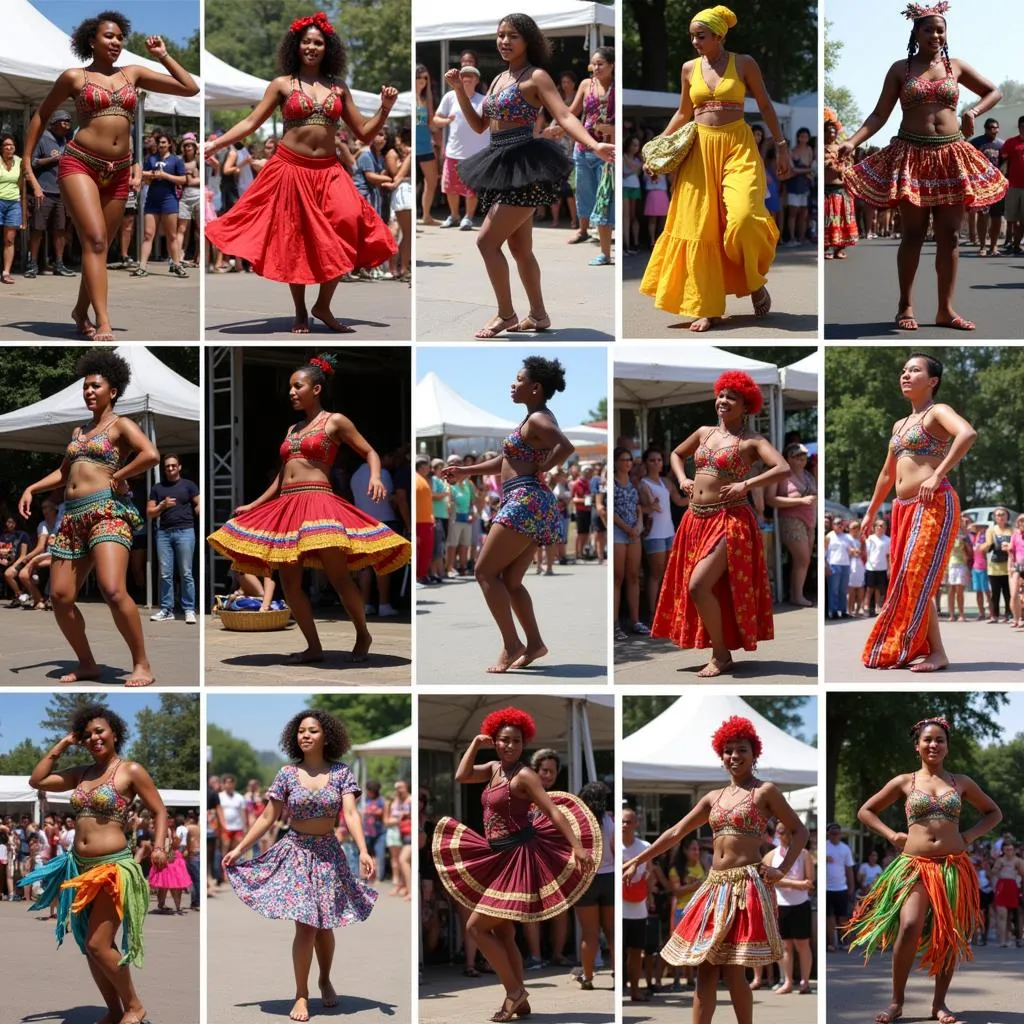The Enchanting Rhythms of African Drums: Exploring the Mandingo Tradition
African drums, particularly those of the Mandingo people, hold a captivating power, weaving intricate rhythms that resonate deep within the soul. From ancient ceremonies to modern performances, these drums have served as a vital form of communication, artistic expression, and cultural preservation for generations. This article delves into the fascinating world of Mandingo drums, exploring their history, construction, playing techniques, and cultural significance.
The Rich History of Mandingo Drums
The Mandingo people, also known as Mandinka or Malinke, are an extensive West African ethnic group with a history deeply intertwined with the drum. Their origins trace back to the Mali Empire, a powerful kingdom that flourished from the 13th to the 16th centuries. During this golden age, music and drumming played a central role in court life, religious ceremonies, and social gatherings. The djembe, a goblet-shaped drum played with bare hands, is perhaps the most iconic Mandingo drum, renowned for its versatility and powerful sound. Other significant drums include the dunun family (junjun, sangban, and kenkeni), which provide the rhythmic foundation for many Mandingo musical ensembles. These drums, passed down through generations, carry within them the echoes of ancient traditions and stories.
The use of African Drums Mandingo extends beyond entertainment. They are integral to communication, transmitting messages across vast distances, signaling important events, and even mediating disputes. This rich history highlights the enduring importance of these instruments within the Mandingo culture.
Crafting the Sound: Construction of Mandingo Drums
The creation of a Mandingo drum is a meticulous process, often steeped in ritual and tradition. Skilled artisans select specific types of wood, carefully carving and shaping the body of the drum. Animal hides, typically goat or cow, are stretched and secured over the opening, creating the drumhead. The tension of the skin is crucial, as it determines the pitch and overall sound of the drum. Intricate carvings and decorative elements often adorn the drums, reflecting the artistic sensibilities of the Mandingo people.
The process of making African drums mandingo is more than just craftsmanship; it’s an art form passed down through generations, preserving cultural knowledge and ensuring the continuity of these powerful instruments.
From Beginner to Master: Playing Techniques
Playing the Mandingo djembe and dunun requires skill, practice, and a deep understanding of rhythm. The djembe is played with the bare hands, utilizing a variety of techniques to produce different tones and sounds. From the deep bass tones of the “dun” to the sharp slaps of the “pa,” each stroke contributes to the complex polyrhythms that characterize Mandingo music. The dunun drums, played with sticks, provide the underlying rhythmic structure, creating a captivating interplay between the different instruments.
Learning to play African drums mandingo is a journey of musical discovery, connecting individuals to a rich cultural heritage and fostering a sense of community.
The Cultural Significance of Mandingo Drums
African drums mandingo are more than just musical instruments; they are integral to the social fabric of Mandingo society. They accompany ceremonies marking births, marriages, and deaths, connecting individuals to their ancestors and reinforcing community bonds. They play a crucial role in storytelling, with rhythms mimicking the cadence of spoken language and conveying emotions and narratives. The drums are also used in healing ceremonies, believed to possess the power to restore balance and well-being.
Today, Mandingo drumming continues to evolve, finding its place in contemporary music genres and inspiring artists worldwide. The vibrant rhythms and rich cultural heritage of African drums mandingo continue to captivate audiences and ensure the preservation of a powerful tradition.
What is the most iconic Mandingo Drum?
The djembe is the most iconic Mandingo drum.
How are Mandingo Drums Made?
Mandingo drums are crafted from wood and animal hides using traditional techniques passed down through generations.
What is the role of Mandingo drums in their culture?
Mandingo drums play a vital role in communication, ceremonies, storytelling, and healing practices.
Conclusion
From their rich history to their complex rhythms and cultural significance, African drums mandingo offer a fascinating glimpse into the heart of West African tradition. Whether used in ancient ceremonies or modern performances, these drums continue to resonate with a power that transcends time and culture, connecting us to a vibrant heritage and reminding us of the enduring power of music.
FAQ
- What are the main types of Mandingo drums?
- Where can I learn to play Mandingo drums?
- What is the significance of the djembe in Mandingo culture?
- How are Mandingo drum rhythms passed down through generations?
- Are there any modern applications of Mandingo drumming?
- What is the difference between the djembe and the dunun drums?
- Where can I buy authentic Mandingo drums?
For support, contact us at Phone Number: +255768904061, Email: kaka.mag@gmail.com, or visit us at Mbarali DC Mawindi, Kangaga, Tanzania. We have a 24/7 customer service team.


